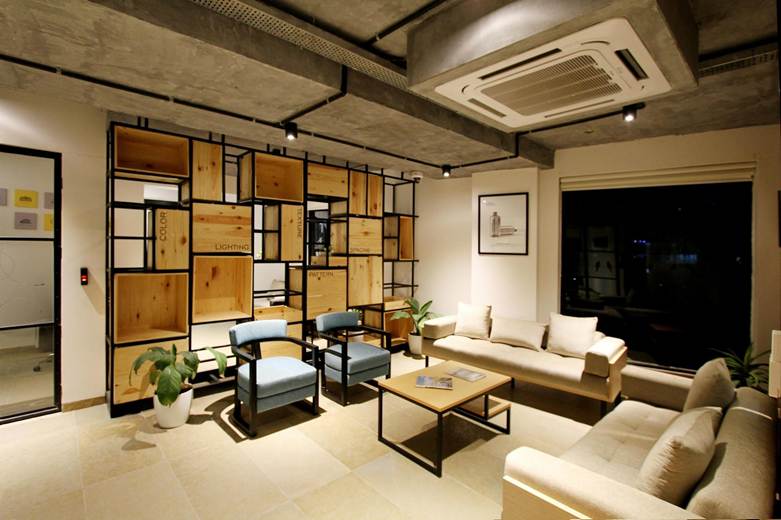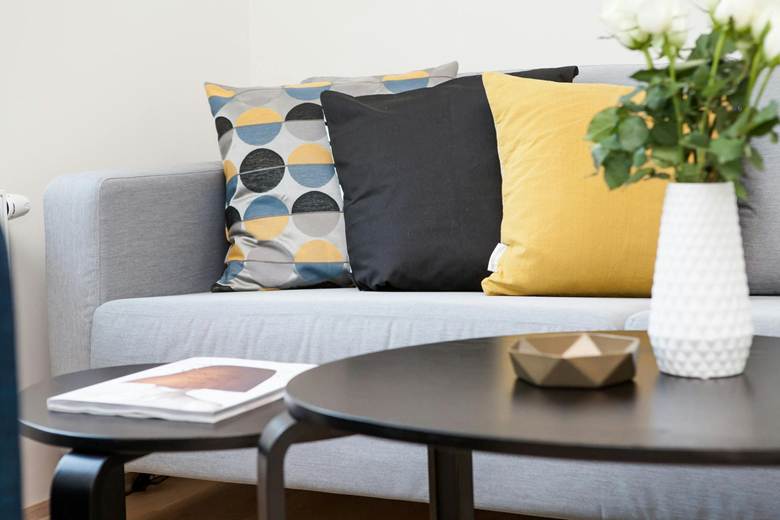Creating a home interior that feels refined, comfortable, and timeless requires more than beautiful furniture and trendy decor. Exceptional design is built on a foundation of thoughtful principles that bring balance, coherence, and character to each room.
These principles shape how space is experienced and how light moves across a surface, how textures complement each other, and how personal expression finds its place in the scheme. Every home tells a story, and the key lies in understanding how to orchestrate its elements to form a unified and inviting environment.

Harmony and Balance in Design
An interior feels complete when its parts work together in visual harmony. Achieving this means considering proportion, symmetry, and scale, ensuring that no element overpowers another. Balance can take a formal or informal approach, as symmetrical arrangements bring order and calm, while asymmetrical layouts create visual interest and movement.
Both methods rely on careful observation of how colors, shapes, and materials interact. Whether a space is minimalist or richly layered, maintaining balance establishes a sense of stability that makes the room feel welcoming and thoughtfully composed.
Personal Expression and Timeless Character
A home takes on a sense of identity when it reflects the people who live in it, their habits, tastes, and history. For example, these floral prints quietly show personality without dominating the room, fitting naturally among other elements. Timeless character appears when design choices are guided by what feels meaningful rather than what is trendy, allowing the space to remain relevant over the years.
Including objects, patterns, or textures that carry personal significance gives rooms depth and familiarity. These subtle touches accumulate, creating an atmosphere that is comfortable and distinctive, where everyday life and personal history coexist in harmony.
The Role of Texture and Material Contrast
Texture breathes life into interiors by engaging the senses. It adds depth and dimension that color alone cannot provide. Pairing rough and smooth, matte and glossy, or natural and synthetic materials helps prevent monotony and invites tactile curiosity. A sleek leather sofa gains warmth when paired with a knitted throw, and a polished concrete floor feels grounded beside a wool rug.
Material contrast encourages visual rhythm and supports the personality of the home. Designers often use texture as a silent language that communicates comfort, luxury, or rustic charm without needing excessive ornamentation.
Lighting as the Defining Element
Light shapes perception, mood, and atmosphere more profoundly than any other design component. Exceptional interiors harness natural and artificial light to accentuate form and texture. Layering sources, ambient, task, and accent lighting, creates flexibility for different moments throughout the day.
A softly lit corner transforms into a cozy reading space, while strategic downlights highlight architectural details. The play of light and shadow adds drama and intimacy, guiding attention and enhancing the emotional tone of each room. Good lighting design never calls attention to itself; it subtly frames the beauty of the space it illuminates.
Color Theory and Emotional Connection
Color carries emotional weight, influencing how a room feels from the moment someone steps inside. Warm hues evoke comfort and energy, while cool shades promote calm and focus. The most successful interiors use color intentionally, drawing on contrasts or tonal harmony to achieve balance.
Layering tones within a single color family can create sophistication and depth, while bold accents can define focal points or express individuality. Beyond trend and fashion, color choices reflect personal narratives, cultural influences, and the desired mood of the home. The art lies in restraint and knowing when to let a shade lead and when to let it whisper.
Functionality and Flow
Design excellence is incomplete without function. Every piece and layout choice should serve a purpose, supporting the way people live within the space. A well-designed interior anticipates movement, accommodates storage, and facilitates ease of use without sacrificing beauty.
Flow, how one space connects to another, determines how comfortable and natural a home feels. Open sightlines encourage interaction and light distribution, while defined zones maintain order and privacy. The success of an interior often rests on its appearance and on how effortlessly it adapts to daily life, making beauty practical and lived-in.

Creating a home that feels exceptional relies on thoughtful attention to form and meaning. Balance, texture, lighting, color, and function shape how spaces are experienced, while personal touches bring warmth and individuality. Each element contributes to a practical environment, inviting, and expressive of those who inhabit it.
When design reflects daily life and personal identity, interiors gain a lasting appeal that transcends fleeting trends. Exceptional homes are not defined by perfection, but by spaces that feel lived-in, comfortable, and uniquely aligned with the people who call them home.









